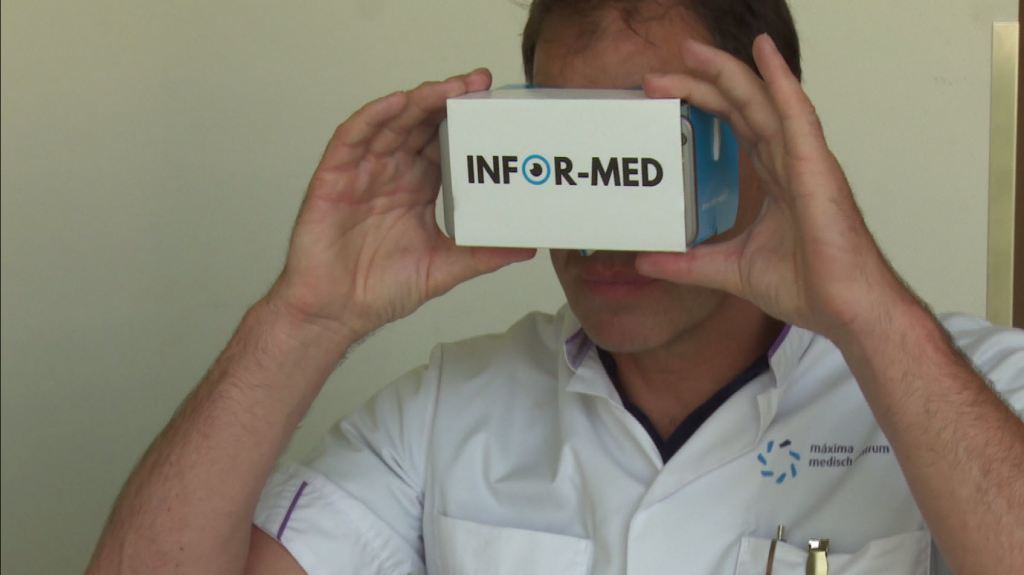
Being a medical professional is a very demanding job. Especially during recent times with the pandemic when the whole world is stricken with fear, medical professionals have stood in the front lines assisting everyone. The core of empathy these professionals have can never be replaced by any technology.
However, there are some areas in the medical field wherein technological innovations have relieved these professionals of many monotonous and repetitive tasks. Right from being able to check what kind of medication is available in stock from the click on the computer to remotely providing medical care to patients who cannot visit the physical location, here are some promising innovative solutions.
Remote Communication
This is an effective tool that medical professionals can make use of especially in times when they cannot reach their patients due to geographical boundaries. It reduces unnecessary visits to the hospital and in some cases can also reduce the risk of cross-infection. Patients can still get clinical care from the comfort of their homes. This technology is used in both emergency and non-emergency cases. Doctors and nurses can monitor the patient’s oxygen levels, heart rates, blood pressure, and much more, remotely. They can instruct a patient how to treat themselves if they have a minor wound or need to take some immediate action until the ambulance arrives. Not only does this method help in providing care but it can also be used for training other medical staff through distance learning programs.
Inventory Tracking System
Medical professionals need to be efficient when managing supplies of the hospital and keeping track of inventory. Inventory tracking systems like Grey Trunk help people working in the healthcare field to manage their materials that are in stock, suppliers, and much more in an efficient manner and free the inventory management system of any human error. This helps hospitals or medical professionals to improve their efficiency at work, reduce inventory supply costs and manage the inventory in a more systematic manner. This will also relieve the individuals who spend hours manually managing inventory and spend more time taking care of their patients. It reduces the waste of inventory and enhances better management of the given resources.
Portable Diagnostic Gadgets
Pocket-sized, user-friendly, and portable diagnostic gadgets make it easier for healthcare professionals to care for their patients. These gadgets can be worn by a patient easily around their wrist or arms. This can measure health parameters and vital signs within minutes. The constant reading from these devices can be shared with different medical professionals for further advice and assessment without any time consumption or further tests. These tools are very effective for healthcare professionals to provide care to patients in remote areas where such specialist facilities are lacking.
Education Through Virtual Reality
Virtual reality can benefit medical education, surgery, psychology, and many more areas of the healthcare field. Training phases can be supported through virtual reality. This will ensure more medical professionals are practice-ready and improve their training process. VR headsets are used to visualize doctors in scenarios where they are dealing with medical complications and how they solve them. This kind of experience is not even available during their formal education process. Professionals from all over the world can now access this type of education and learn from the expertise of one another.
Will innovations replace medical professionals?
We are all aware of the leaps and bounds of innovations in the health care field. The use of Artificial Intelligence or AI in the medical field is already being done to improve efficiency and eliminate human error. Although there are talks that AI will take over the jobs of medical professionals, the current statistics state otherwise. There is a growth in this sector and constant employment and demand still exist for experts in this field.
The gap between technological solutions and social and emotional intelligence provided by medical professionals still remains wide. However, these professionals will benefit more and more from the technological advancements. It will make their job less monotonous and cumbersome. It will also give them some extra time to develop and improve in their field. Taking time to learn these new innovations will decrease the chance of making mistakes.
One thing to remember is that medical professionals need to understand and embrace technologies as part of improving their work, profession, and for the best interest of their patients. The brick and mortar standards will not be able to sustain their practice for too long. Digital technologies are crucial for the betterment of providing healthcare services.

